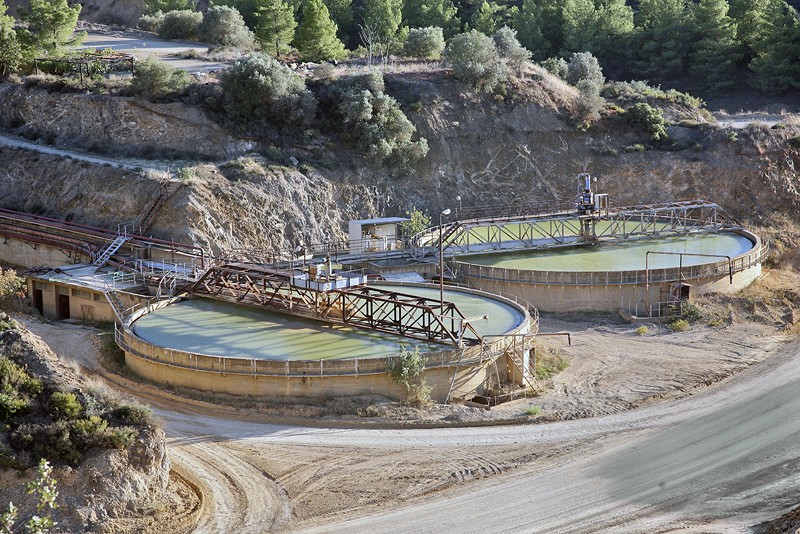
Our Principles
Grecian Magnesite’s fundamental principle is that the extractive and ore processing activities (i.e. beneficiation, calcination, final processing) must go hand in hand with effective and consistent environmental protection. Keeping that in mind, we clearly state that:
- The company complies with all applicable national environmental regulations.
- The employed magnesite mining and separation methods present zero toxicity and pose no risks to humans or to the environment.
- The generated extractive wastes (i.e. waste rock and sludges) are inert. Waste rock is properly deposited onto land forming spoil heaps whereas sludges are safely discharged into properly engineered tailings ponds, complying with local laws, regulations & permit licenses. Ongoing efforts & trials are being implemented to convert a big part of the waste rock into saleable products for the metallurgical and construction industries.
- Continuous efforts are being made to respect the ecosystems surrounding our production facilities and conserve biodiversity by restoring disturbed areas. To this end, mining activities proceed in parallel with land reclamation works. Mine rehabilitation follows the so-called spoil-to-soil philosophy primarily focusing on the conservation of biodiversity through the implementation of a three-fold technical approach, namely reshaping-resoiling-regreening.
- The generated wastewater from ore washing is submitted to physical treatment in conventional settling tanks. On average, approximately >90% of all water consumed inside the Yerakini mine comes from recovered treated wastewater.
- Ongoing efforts are being made to improve energy efficiency and replace as much part of conventional fuels as possible with biomass (i.e. agricultural waste).
- Proper air pollution control technologies (i.e. electrostatic separators, bag filters, deSOx units) are being used to treat the generated rotary kiln flue gases prior to atmospheric discharge.
- Systematic monitoring and recording of particulate and gaseous rotary kiln emissions take place using both stationary and mobile measuring equipment.
- The biggest portion of the dust captured by the installed dedusting equipment is converted via pelletizing and re-calcination into a saleable product.
- Significant investments are being implemented in state-of-the-art processing technologies to optimally exploit old run-of-mine tailings, as well as maximize extraction yield and productivity in new magnesite deposits, therefore resulting in an optimized use of existing natural resources.
- Systematic management (i.e. disposal and recycle) of non-extractive waste via authorized operators takes place.
- Continuous efforts are being made to maintain a clean and safe workplace and to minimize the risk to our employees’ health.





